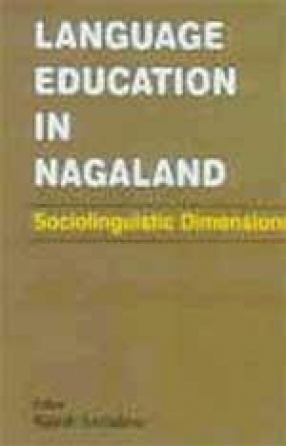Nepali political parties have recently stepped into a new phase of party building. With the restoration of democracy in 1990, political parties, the Nepali Congress (NC) and the Communist Party of Nepal, Unified Marxist-Leninist (CPN-UML) in particular, have undergone a number of distinct transformations: from illegal organizations to legitimate contenders for political power; from movement or underground organizations to open competitive parties; from cadre based to mass based parties; from a small group of people sharing common interests to heterogeneous organizations consisting of people of diverse interests; and, from ideology oriented organizations to power seeking parties. These transformations followed the changes in the parties’ goals and activities and began acquiring new characteristics i.e. growth in size, expansion and diversification of organizational structures and networks, de-ideologization, increase in divisive tendencies, delinking from the mass of the people, erosion in leaders’ popularity and authority, use of state power and resources for parties’ interests, patronage distribution to parties’ clients etc. Some of these new characteristics match with the three important properties of party building—public support, organizational efficiency and functional effectiveness. The whole gamut of party building efforts made by the NC and the CPN-UML in the post-1990 period can be assessed on the basis of four variables—expansion, system, harmony and dynamism—as indicators of the party building process in Nepal.

Party Building in Nepal: Organization, Leadership and People: A Comparative Study of the Nepali Congress and the Communist Party of Nepal (Unified Marxist-Leninist)
In stock
Free & Quick Delivery Worldwide
reviews
Bibliographic information
Title
Party Building in Nepal: Organization, Leadership and People: A Comparative Study of the Nepali Congress and the Communist Party of Nepal (Unified Marxist-Leninist)
Edition
1st Ed.
Publisher
ISBN
9993310131
Length
xiii+311p., Tables
Subjects


There are no reviews yet.